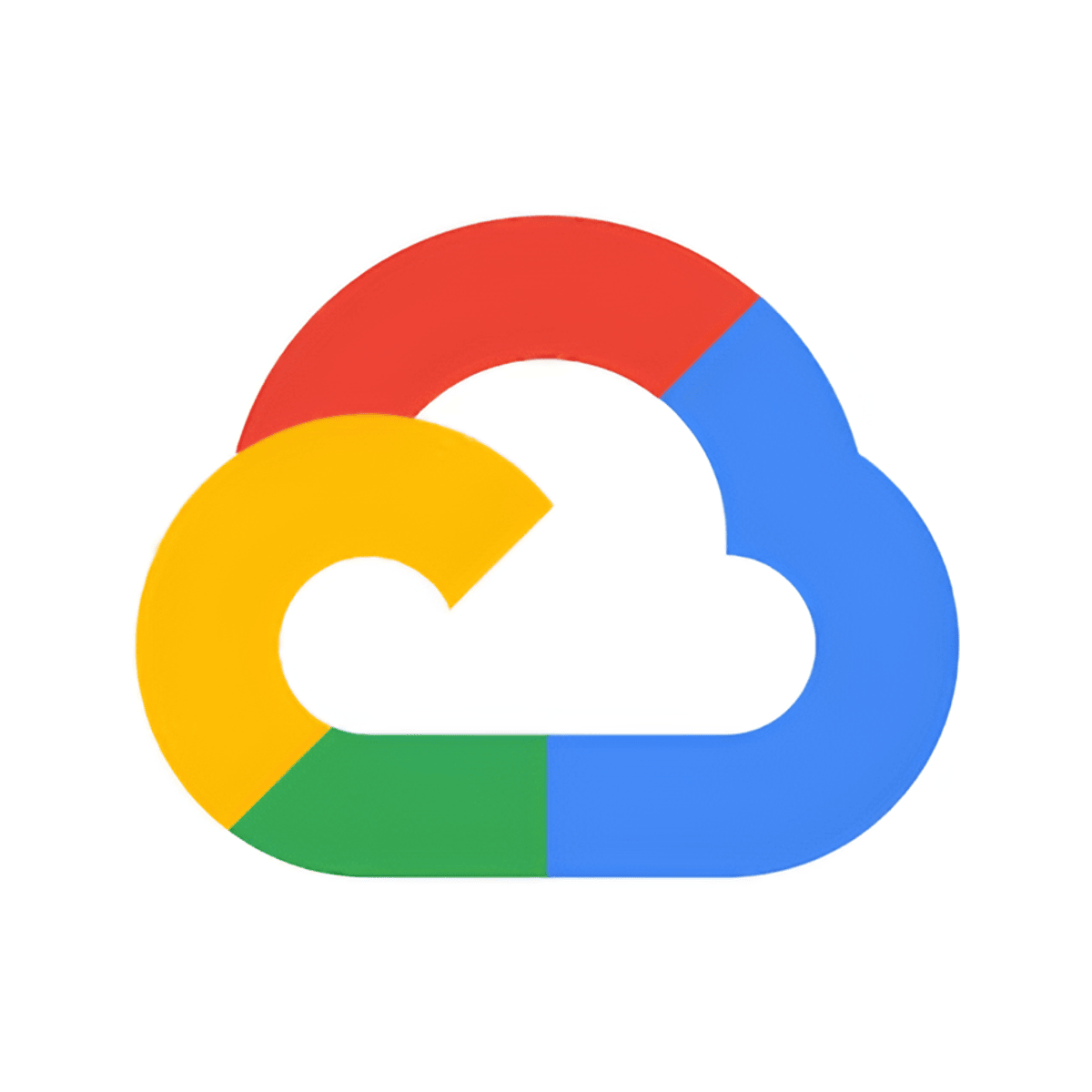
Dataflow コースシリーズの 2 回目である今回は、Beam SDK を使用したパイプラインの開発について詳しく説明します。まず、Apache Beam のコンセプトについて復習します。次に、ウィンドウ、ウォーターマーク、トリガーを使用したストリーミング データの処理について説明します。さらに、パイプラインのソースとシンクのオプション、構造化データを表現するためのスキーマ、State API と Timer API を使用してステートフル変換を行う方法について説明します。続いて、パイプラインのパフォーマンスを最大化するためのベスト プラクティスを再確認します。コースの終盤では、Beam でビジネス ロジックを表現するための SQL と DataFrame、および Beam ノートブックを使用してパイプラインを反復的に開発する方法を説明します。
What's inside
Syllabus
はじめに
このモジュールでは、コースとその概要を紹介します
Beam のコンセプトの復習
Apache Beam の主なコンセプトと、それを独自のデータ処理パイプラインを作成するために適用する方法を復習します。
Read more
Syllabus
Good to know
Save this course
Activities
Organize and Review Course Materials
Show steps
Stay organized and enhance your learning by compiling and reviewing course materials regularly
Show steps
-
Create a system for organizing notes, assignments, and other materials
-
Regularly review and summarize key concepts covered in the course
-
Annotate materials to highlight important information and connections
Review Python for Apache Beam
Show steps
Ensure a solid footing in Python programming before the course begins to make the most of the content
Browse courses on
Apache Beam
Show steps
-
Read through documentation on Python basics
-
Complete coding exercises to practice syntax and core concepts
-
Review online resources for best practices in Python programming
-
Build a small Python project to apply your understanding
Learn about Streaming Data Processing with Apache Beam
Show steps
Explore guided tutorials to familiarize yourself with the concepts of streaming data processing and Apache Beam
Browse courses on
Streaming Data Processing
Show steps
-
Follow online tutorials on streaming data processing with Apache Beam
-
Work through examples provided in the official documentation
-
Connect with online communities and forums for discussions and support
Two other activities
Expand to see all activities and additional details
Show all five activities
Build a Simple Data Transformation Pipeline
Show steps
Apply your understanding by building a simple data transformation pipeline using Apache Beam
Show steps
-
Design a data transformation pipeline that meets a specific need
-
Implement the pipeline using Apache Beam SDK
-
Test and validate the pipeline's functionality
-
Deploy the pipeline and monitor its performance
Develop a Data Processing Dashboard
Show steps
Demonstrate your skills by creating a data processing dashboard using Apache Beam
Show steps
-
Gather requirements and design the dashboard
-
Develop the dashboard using Apache Beam and relevant tools
-
Integrate the dashboard with data sources and pipelines
-
Test and validate the dashboard's functionality
-
Present the dashboard to stakeholders
Organize and Review Course Materials
Show steps
Stay organized and enhance your learning by compiling and reviewing course materials regularly
Show steps
- Create a system for organizing notes, assignments, and other materials
- Regularly review and summarize key concepts covered in the course
- Annotate materials to highlight important information and connections
Review Python for Apache Beam
Show steps
Ensure a solid footing in Python programming before the course begins to make the most of the content
Browse courses on
Apache Beam
Show steps
- Read through documentation on Python basics
- Complete coding exercises to practice syntax and core concepts
- Review online resources for best practices in Python programming
- Build a small Python project to apply your understanding
Learn about Streaming Data Processing with Apache Beam
Show steps
Explore guided tutorials to familiarize yourself with the concepts of streaming data processing and Apache Beam
Browse courses on
Streaming Data Processing
Show steps
- Follow online tutorials on streaming data processing with Apache Beam
- Work through examples provided in the official documentation
- Connect with online communities and forums for discussions and support
Build a Simple Data Transformation Pipeline
Show steps
Apply your understanding by building a simple data transformation pipeline using Apache Beam
Show steps
- Design a data transformation pipeline that meets a specific need
- Implement the pipeline using Apache Beam SDK
- Test and validate the pipeline's functionality
- Deploy the pipeline and monitor its performance
Develop a Data Processing Dashboard
Show steps
Demonstrate your skills by creating a data processing dashboard using Apache Beam
Show steps
- Gather requirements and design the dashboard
- Develop the dashboard using Apache Beam and relevant tools
- Integrate the dashboard with data sources and pipelines
- Test and validate the dashboard's functionality
- Present the dashboard to stakeholders
Career center
Data Engineer
Data Analyst
Software Engineer
Data Scientist
Business Analyst
Machine Learning Engineer
Cloud Architect
Data Architect
Database Administrator
Systems Engineer
Network Engineer
Security Engineer
Cloud Security Engineer
DevOps Engineer
Quality Assurance Engineer
Reading list
Share
Similar courses
OpenCourser helps millions of learners each year. People visit us to learn workspace skills, ace their exams, and nurture their curiosity.
Our extensive catalog contains over 50,000 courses and twice as many books. Browse by search, by topic, or even by career interests. We'll match you to the right resources quickly.
Find this site helpful? Tell a friend about us.
We're supported by our community of learners. When you purchase or subscribe to courses and programs or purchase books, we may earn a commission from our partners.
Your purchases help us maintain our catalog and keep our servers humming without ads.
Thank you for supporting OpenCourser.



